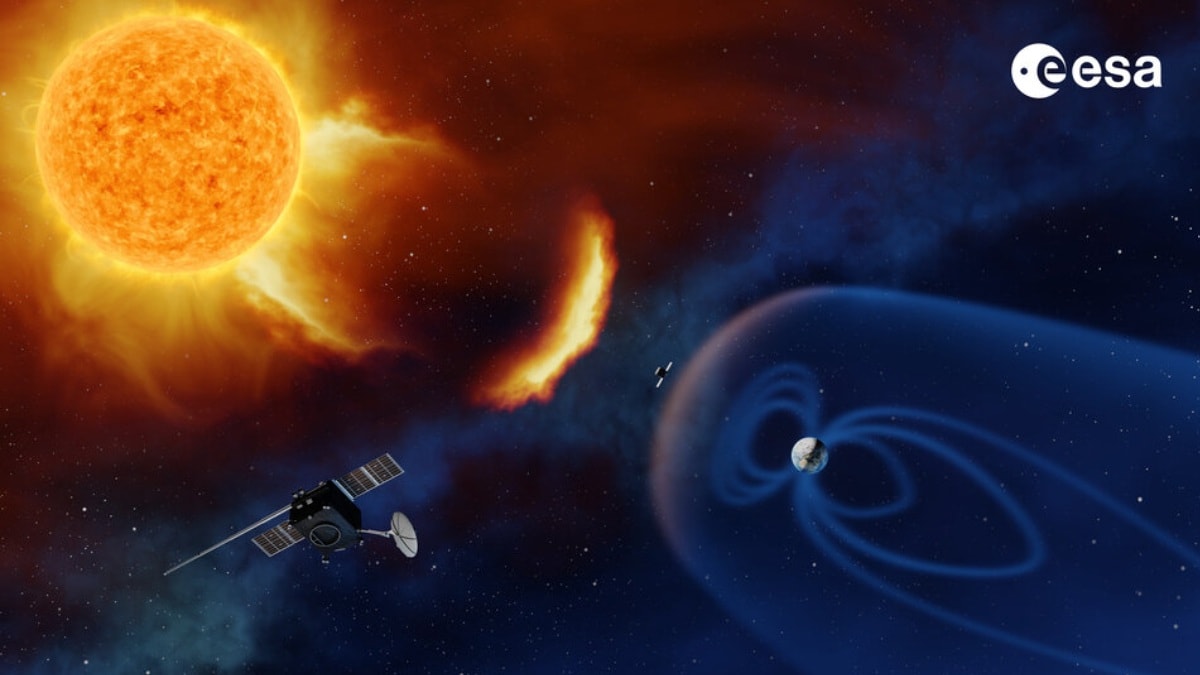Understanding Solar Storms and Their Impact
As we navigate through 2024, we’ve already witnessed a series of significant solar storms. Some have been powerful enough to disrupt radio communications across various regions of Earth. These solar phenomena originate from violent explosions on the Sun, reminiscent of volcanic eruptions on our planet. These explosive bursts, known as solar flares, release vast amounts of solar energy and can lead to mesmerizing auroras in the Earth’s atmosphere.
The Latest Solar Flare: What You Need to Know
On Thursday, September 12, the Sun unleashed an impressive larger-than-average solar storm classified as an X1.3 solar flare. X-class flares are recognized as the most intense type of solar storms and can have profound effects on Earth’s atmosphere. Although scientists have yet to identify the specific sunspot from which this flare originated, its effects are expected to last throughout the weekend.
Impact on Communication Systems
Solar storms pose a significant challenge to communication technologies on Earth. High-frequency (HF) radio signals, which are often used for aviation and maritime communications, can be severely disrupted or completely destroyed by these solar events. Specifically, this recent solar flare may affect regions in Africa, Europe, and Asia, leading to temporary communication outages.
Auroras: A Beautiful Byproduct
In addition to communication disruptions, solar storms can also create stunning visual phenomena known as auroras, which may be visible over the coming days. These natural light displays occur when charged particles from the solar wind interact with the Earth’s magnetic field, resulting in a dazzling array of colors in the night sky.
Safety and Human Impact
While solar storms have the potential to cause widespread disruptions, they do not pose a direct threat to human health. This is largely due to the protective shield provided by Earth’s magnetic field, which prevents most solar particles from penetrating our atmosphere. However, more intense solar storms can still pose risks to technological infrastructure, particularly power grids and satellites in low Earth orbit.
Conclusion
The occurrence of solar storms is a fascinating aspect of our relationship with the cosmos. While they can disrupt technology and communication, they also offer a glimpse into the dynamic processes of our solar system. As we continue to monitor solar activity, staying informed can help us mitigate any potential impacts and appreciate the beauty these events can bring to our skies.











